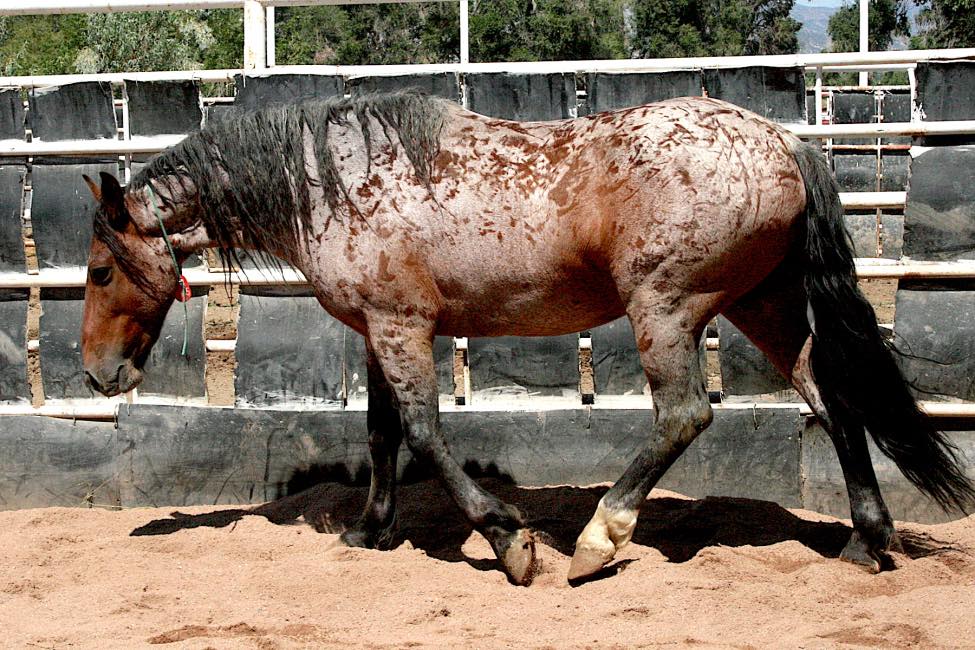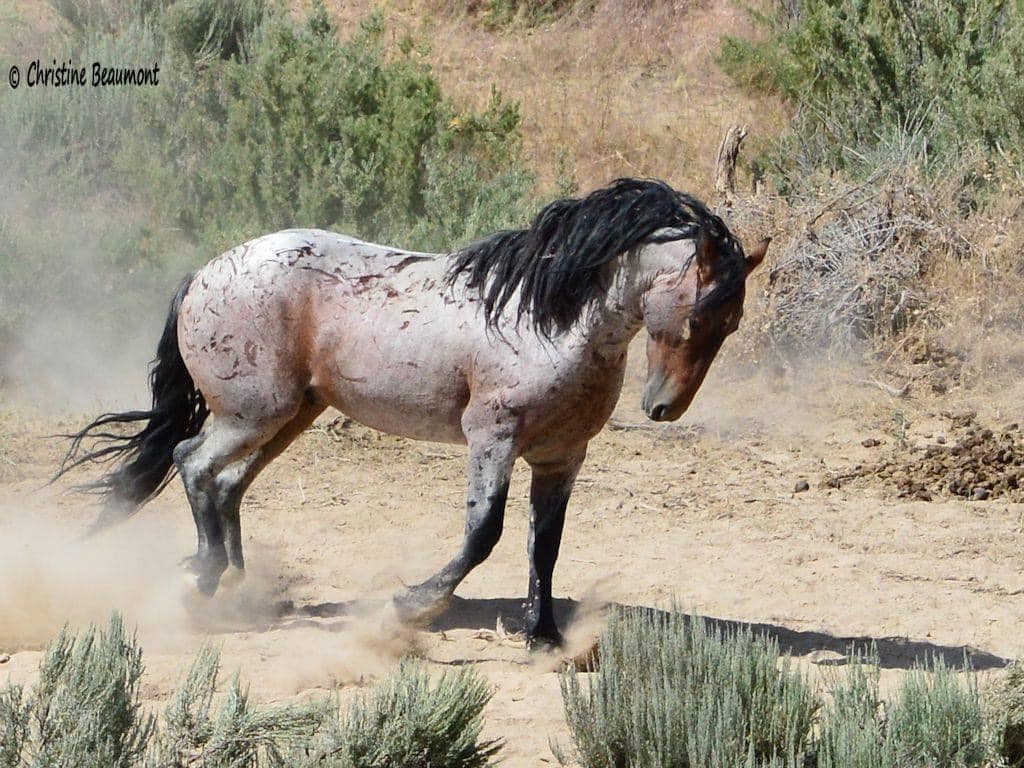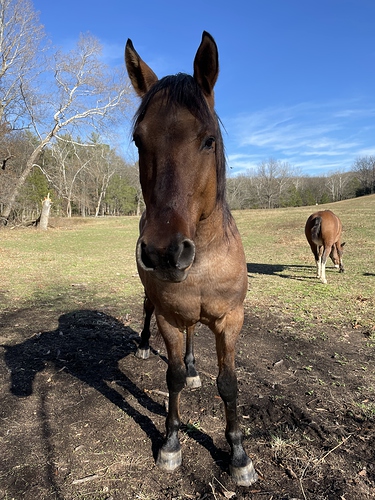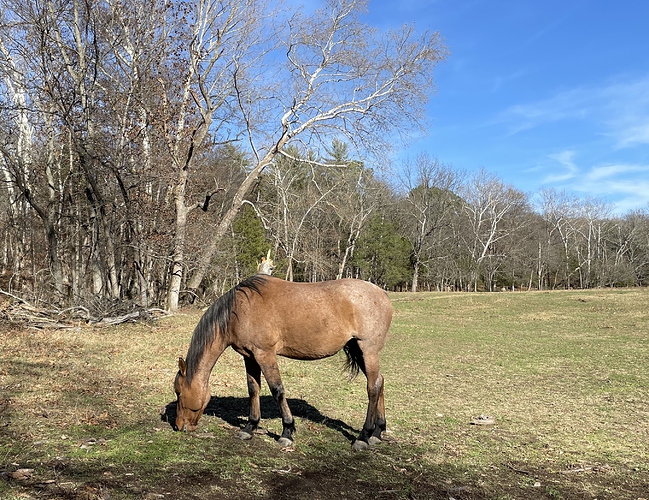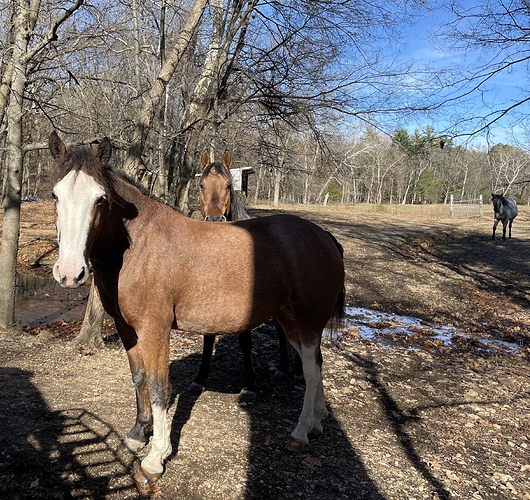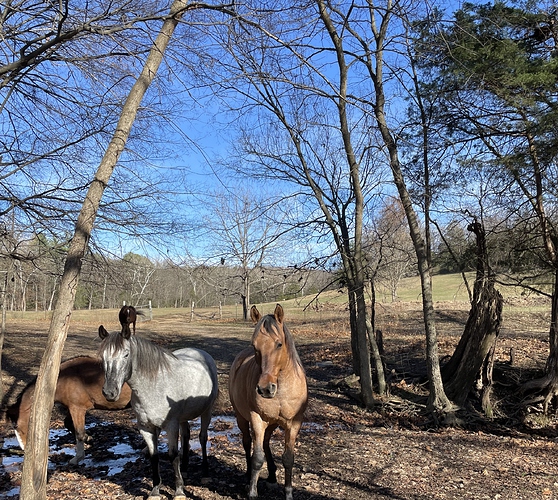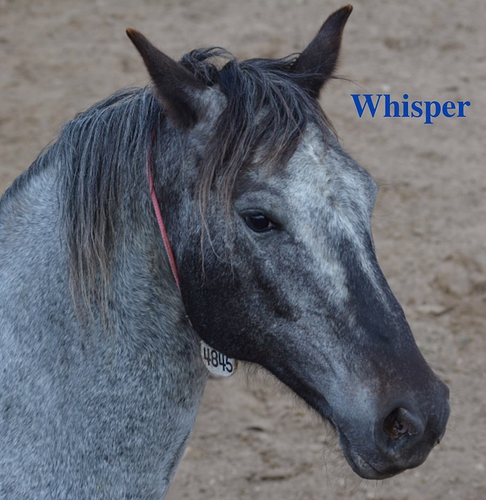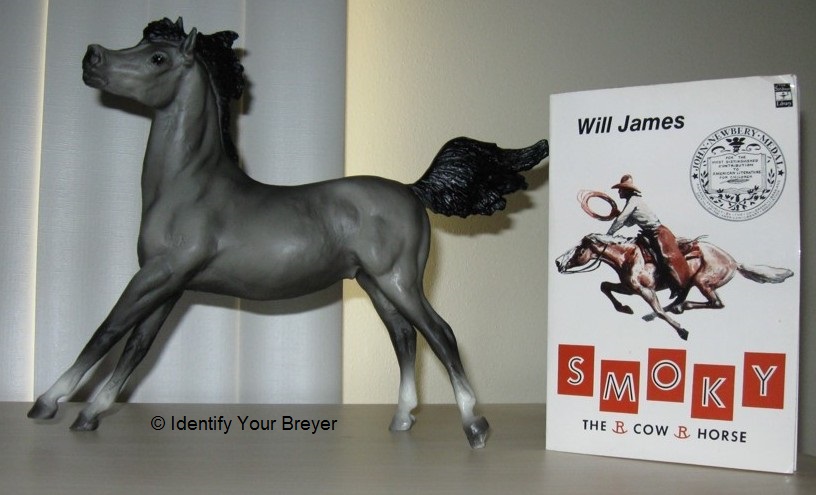there are some pretty wild paints in this HMA. quite a few roans…talk about oddly marked. Your basic bay roan stallion, after having been scarred up in battles is quite stunning. Have you seen those guys? (i have one, he is not as scarred as some of these guys…). I’ll find a pic of one of them…just a sec.
This one is

Smoky by Will James - Hardcover - Illustrated - 1929 - from The HUB - Helen's...
Smoky: The Cow Horse. By Will James. Illustrated by the author. Illustrated Classics Edition (color) October, 1929. Western....
Price: USD $38.00

